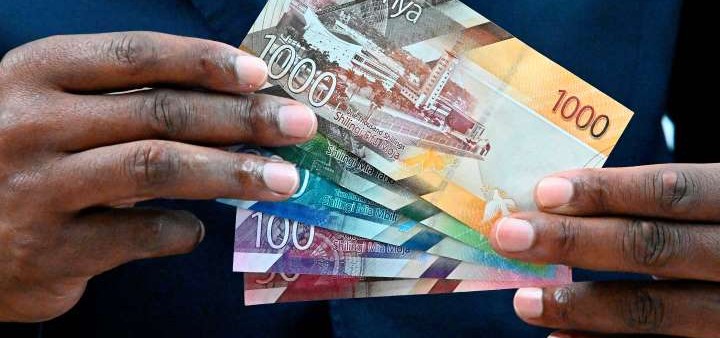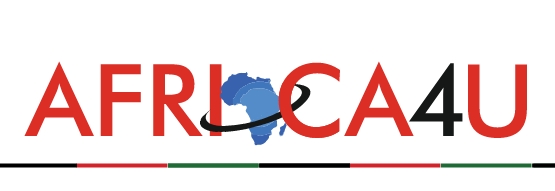(3 Minutes Read)
The IMF estimates Kenya’s gross domestic product (GDP) will reach USD 132 billion, surpassing Ethiopia’s projected USD 117 billion. The shift marks a significant change in the regional economic hierarchy, driven by contrasting policy choices and macroeconomic conditions in both countries.
IMF’s latest projections say that Kenya is on track to become East Africa’s largest economy by 2025, overtaking regional rival Ethiopia. The IMF estimates Kenya’s gross domestic product (GDP) will reach USD 132 billion, surpassing Ethiopia’s projected USD 117 billion. The shift marks a significant change in the regional economic hierarchy, driven by contrasting policy choices and macroeconomic conditions in both countries.
Ethiopia’s recent move to devalue its currency, the birr, by more than 55% in 2024 helped the country unlock USD 3.4 billion in IMF support and USD 16.6 billion in World Bank funding, aiding efforts to restructure debt and stabilise its economy. However, the decision has led to a surge in inflation and import costs, placing additional strain on a country already grappling with the effects of internal conflict and climate disruptions.
Read Also;
https://trendsnafrica.com/kenyan-president-ruto-in-beijing-third-visit-after-assuming-office/
In contrast, Kenya has demonstrated relative macroeconomic resilience. The Kenyan shilling appreciated by 21% in 2024, becoming the world’s best-performing currency. The surge was supported by a successful USD 1.5 billion Eurobond issuance, record-high diaspora remittances totalling USD 4.94 billion, and robust growth in agricultural and manufacturing exports.





